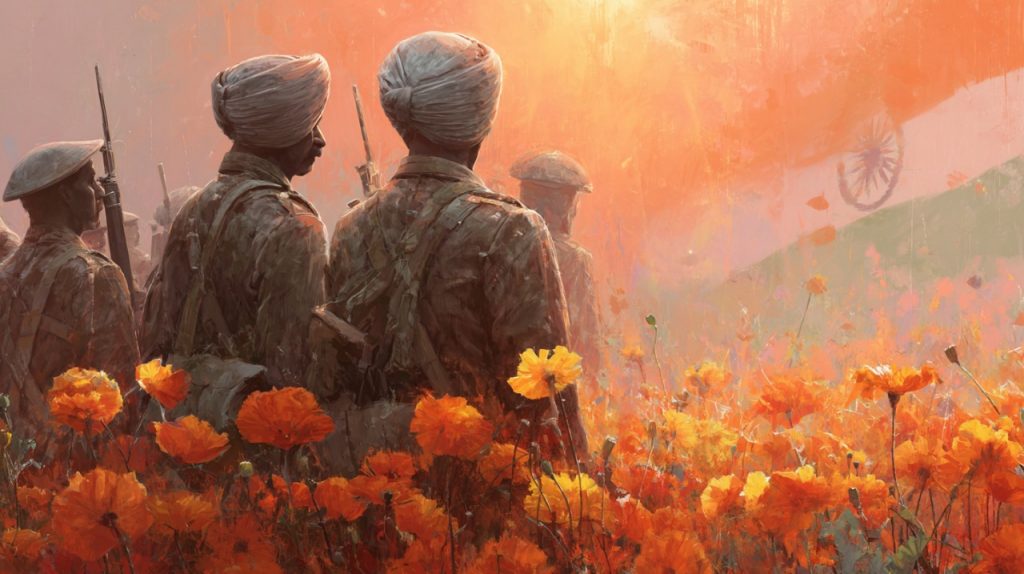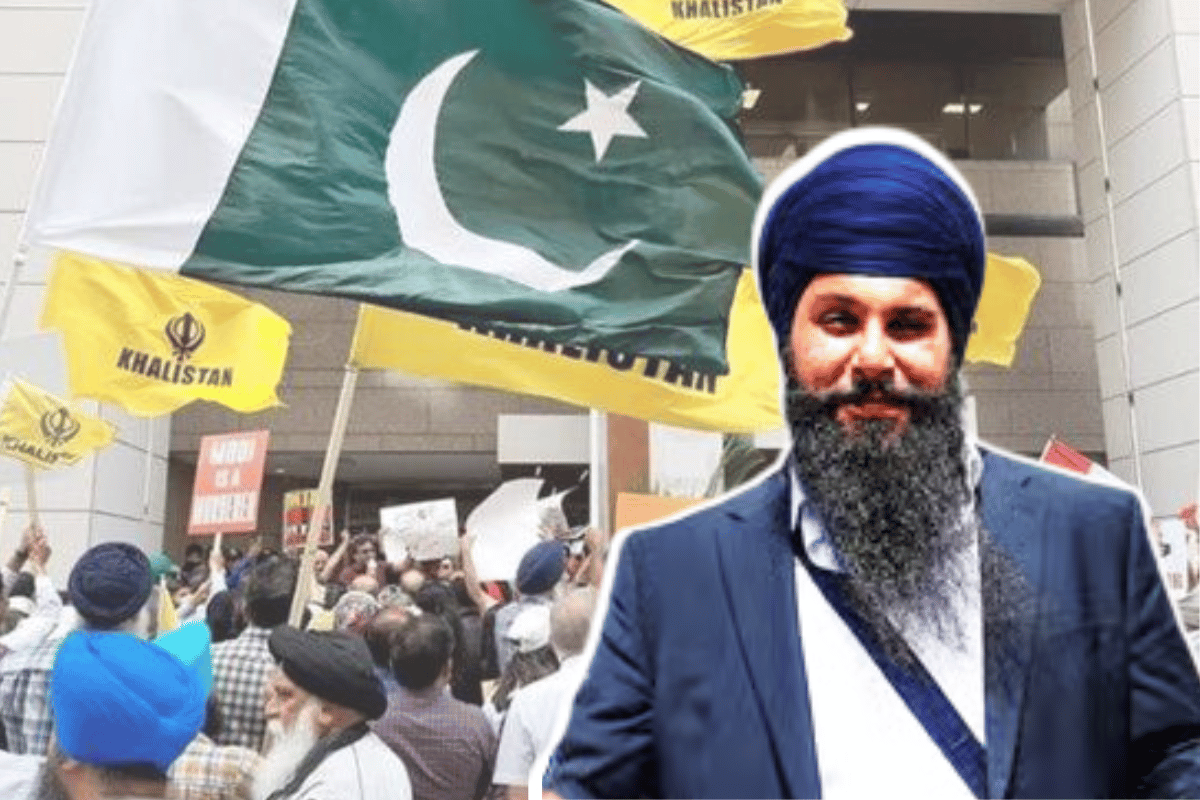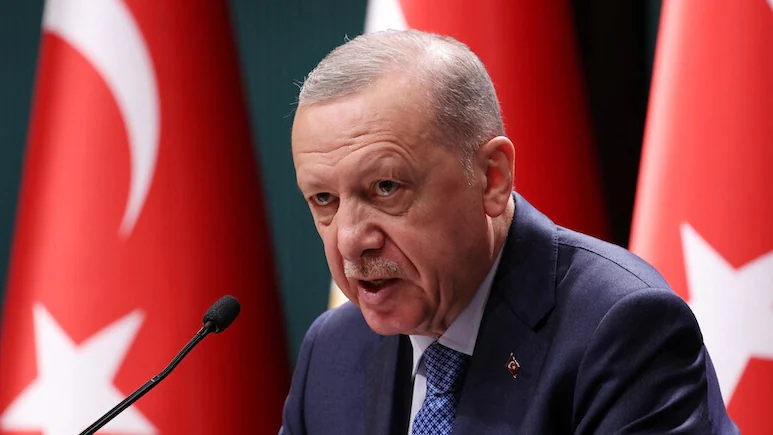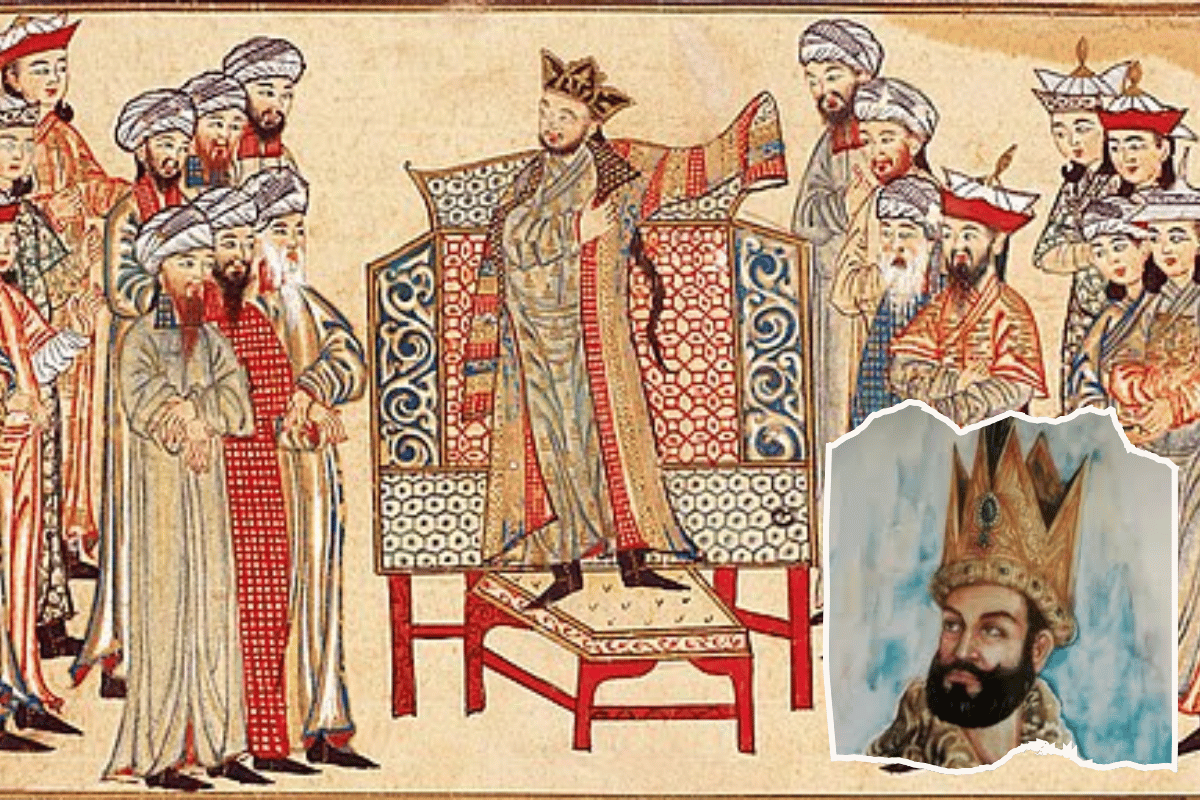
शौर्यं तेजो धृतिर्दाक्ष्यं युद्धे चाप्यपलायनम् |
दानमीश्वरभावश्च क्षात्रं कर्म स्वभावजम् ||
“Valour, strength, determination, skill, steadfast in battle, generosity, and leadership, these are the natural qualities of the Kshatriya.” ~ Bhagavad Gita 18.43
On 11 November, Remembrance Day, the world marks the end of the First World War in 1918. Silence is observed for the dead of two global wars. For over a billion Indians, Hindus and Sikhs, this connects to the dharma of the Kshatriya (warrior), embodied by Indian, Hindu and Sikh soldiers who fought and died across continents.

Hindu-Indian contributions to the World Wars
In the First World War, India provided over 1.3 million soldiers, making it one of the largest forces of the conflict. These men were deployed across Europe, Africa, and the Middle East, often sent to the most difficult and dangerous fronts. More than 70,000 were killed, with many more wounded or taken prisoner. At a time when India itself was still under colonial rule, the scale of participation was unprecedented and demonstrated both loyalty and the ability of Indians to serve in global campaigns far beyond their homeland.
In the Second World War, India’s role expanded further. Nearly 2.5 million Indians fought for Britain. They fought in North Africa, Italy, France, Burma, Malaya, and the Pacific. The casualty figures were severe, with 87,000 killed in action. Beyond combat, Indian forces were crucial in logistics, engineering, and medical support, ensuring that Allied armies could function across multiple continents.
The sheer size of India’s military contribution altered the global balance of the wars. Indian manpower allowed Britain and its allies to maintain fronts that might otherwise have collapsed. This vast participation by an unfree nation highlighted the contradiction at the heart of the empire: a colonised people sustaining the liberty of others while denied independence themselves.
Victories that shaped history
- Ypres 1914: Indian divisions held the line in freezing conditions, preventing a German breakthrough.
- Neuve Chapelle 1915: Indian regiments distinguished themselves in trench warfare.
- Gallipoli 1915 – 1916: Indian regiments endured severe losses but fought with determination.
- Mesopotamia and Kut 1916: Indian troops carried out the campaign in Iraq, enduring heavy casualties.
- Haifa 1918: Jodhpur, Mysore, and Bhagyanagar (Hyderabad) Lancers liberated the city in one of the last cavalry charges.
- North Africa 1942: Indian divisions were pivotal at El Alamein in defeating Rommel.
- Monte Cassino 1944: Indian 4th Division broke the German stronghold, opening the road to Rome.
- East Africa 1940 – 1941: Indian units contributed to the liberation of Ethiopia from Axis control.
Material contributions
India contributed on an unprecedented scale. Grain, cotton, leather, steel, and financial reserves were provided to sustain Britain’s war effort. Taxation revenues supported campaigns abroad. By the end of the Second World War, India had contributed more than £2 billion in direct financial support, alongside massive shipments of raw materials and food.
These contributions came at immense cost to ordinary Indians, who faced shortages, rationing, and deepening poverty. Promises of reciprocity and recognition were not fulfilled.
Betrayal after the first World War
Indian leaders were promised dominion status in recognition of wartime sacrifice. After the war, Britain denied this pledge. Instead, repressive policies expanded. The Rowlatt Acts of 1919 extended emergency powers indefinitely, curbing civil liberties. This betrayal revealed the duplicity of colonial governance and ignited nationwide unrest.
Jallianwala Bagh massacre
On 13 April 1919, thousands gathered peacefully in Amritsar. General Reginald Dyer ordered troops to open fire on the unarmed crowd. Hundreds were killed, thousands wounded. The massacre epitomised the contempt of colonial rulers for Indian lives. The event destroyed faith in British promises and accelerated the demand for complete independence.
The Bengal famine
In 1943, wartime economic extraction, hoarding, and policy mismanagement triggered the Bengal Famine. At least 3 million people died. Grain was exported to sustain British forces while Indian civilians starved. The famine exposed the indifference of colonial administrators, who prioritised imperial survival over Indian lives. It stands as one of the most devastating man-made tragedies in Indian history.
The Indian National Army
The Indian National Army (INA), formed during the Second World War, drew heavily from Indian prisoners of war captured by Japanese forces in Southeast Asia. Under the leadership of Subhas Chandra Bose, the INA became a symbol of armed resistance against colonial rule. Bose reorganised the army with a clear political vision: independence through direct struggle.
The INA advanced with Japanese forces into Burma and northeastern India. Though militarily constrained, its political effect was profound. The INA trials at the Red Fort in 1945 further energised Indian opinion, uniting people across regions and religions in support of the accused officers.
The INA’s existence and sacrifices marked a decisive shift. They showed that Indians were willing to fight, not just protest, for their independence. This challenge to imperial authority carried into the final years of British rule.
From battlefield to independence
The experience of two world wars transformed the Indian independence movement. Service in foreign lands exposed millions of Indian soldiers to global ideas of freedom and self-determination. The sacrifices of these soldiers demonstrated that Indians were not passive subjects but active participants in shaping world history.
The Indian Naval Mutiny of 1946 directly challenged British authority. More than 20,000 sailors in Mumbai and across India rose in open revolt, demanding an end to colonial rule. The uprising quickly spread beyond the naval bases as strikes and demonstrations erupted in Kolkata, Karachi, Chennai, and other major cities. Rail workers, students, and trade unions joined in, showing solidarity with the sailors. Hindus, Muslims, and Sikhs united in common defiance. Though suppressed, the mutiny revealed that the armed forces and the wider population could no longer be relied upon to defend colonial power.
The impact of these developments was decisive. Britain recognised that continued rule was untenable. The sacrifices on battlefields abroad, the defiance of the INA, and the uprising of naval ratings converged into a single reality: the empire could not withstand a united demand for independence.
Legacy beyond India
The shock of the Indian Naval Mutiny weakened Britain’s will to use Indian troops for maintaining European colonial dominance in Asia. Indian soldiers were no longer unquestioningly available to suppress independence struggles abroad. This shift directly influenced the rapid collapse of European empires in Southeast Asia. Indonesia, Vietnam, Burma, and Malaya all moved decisively toward independence in the years that followed.
The effect extended to Africa and the Middle East. Colonial powers could no longer rely on Indian manpower to enforce their rule in these regions. Anti-colonial movements in Egypt, Kenya, and other African territories gained momentum, while nationalist aspirations in the Middle East pressed harder against European control. The refusal of Indian forces to act as instruments of colonial repression accelerated the wider liberation of Asia, Africa, and the Middle East from European occupation.
The Indian soldier and the universal struggle for freedom
The Indian soldier stood apart in the twentieth century as a combatant who fought not for conquest but for a principle larger than his own nation’s bondage. He defended Europe from collapse, resisted Axis domination in Africa and Asia, and carried the burden of global campaigns while India itself remained unfree. This contradiction transformed his role into something greater than service to the empire.
By shedding blood for the liberty of others while denied his own, the Indian soldier became a symbol of the universal struggle for freedom. His endurance and sacrifice embodied the moral claim that no people should live under foreign domination. When, after 1946, Indian forces refused to uphold European empires in Asia, Africa, and the Middle East, it signalled the end of colonial authority worldwide. The Indian soldier’s legacy was not only the defence of Europe but the liberation of nations across continents.
Dharmic duty fulfilled
Remembrance Day signifies the dharmic duty fulfilled by Indian soldiers in foreign lands. Their sacrifice extended beyond battlefields to the liberation of India itself. The betrayal of dominion status, the atrocity of Jallianwala Bagh, the economic drain through material contributions, and the catastrophic Bengal Famine exposed the full cost borne by Indians. Their courage and discipline exemplify the Kshatriya (warrior) spirit described in the Hindu scripture, the Bhagavad Gita. Their memory is central to understanding both world history and Indian independence.
यदृच्छया चोपपन्नं स्वर्गद्वारमपावृतम् |
सुखिन: क्षत्रिया: पार्थ लभन्ते युद्धमीदृशम् ||
“O Partha, happy are the Kshatriyas to whom such a duty comes unsought, opening for them the doors of heaven.” ~ Bhagavad Gita 2.32









